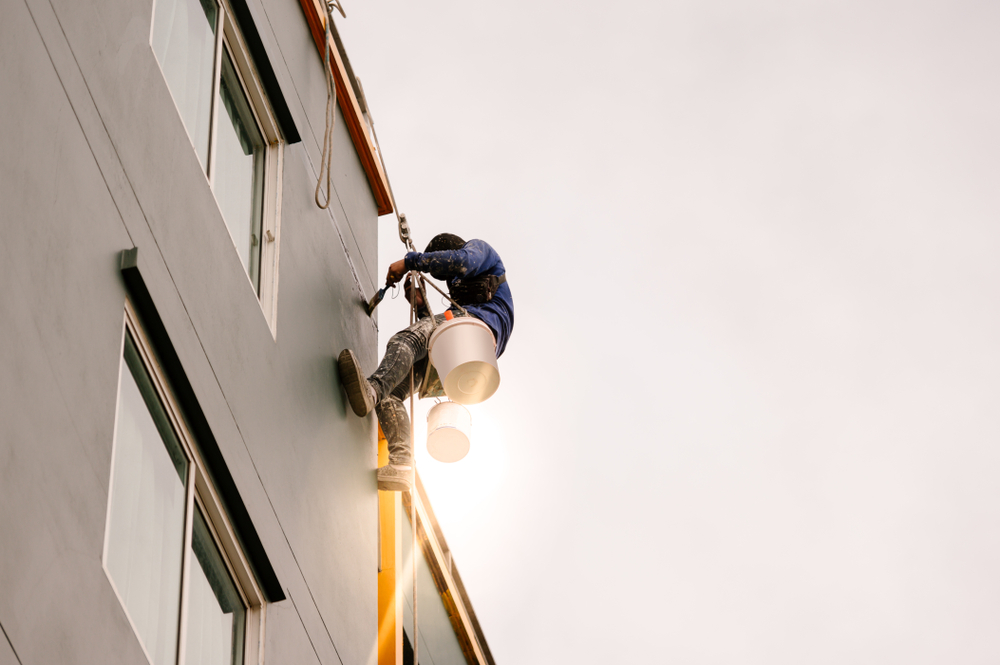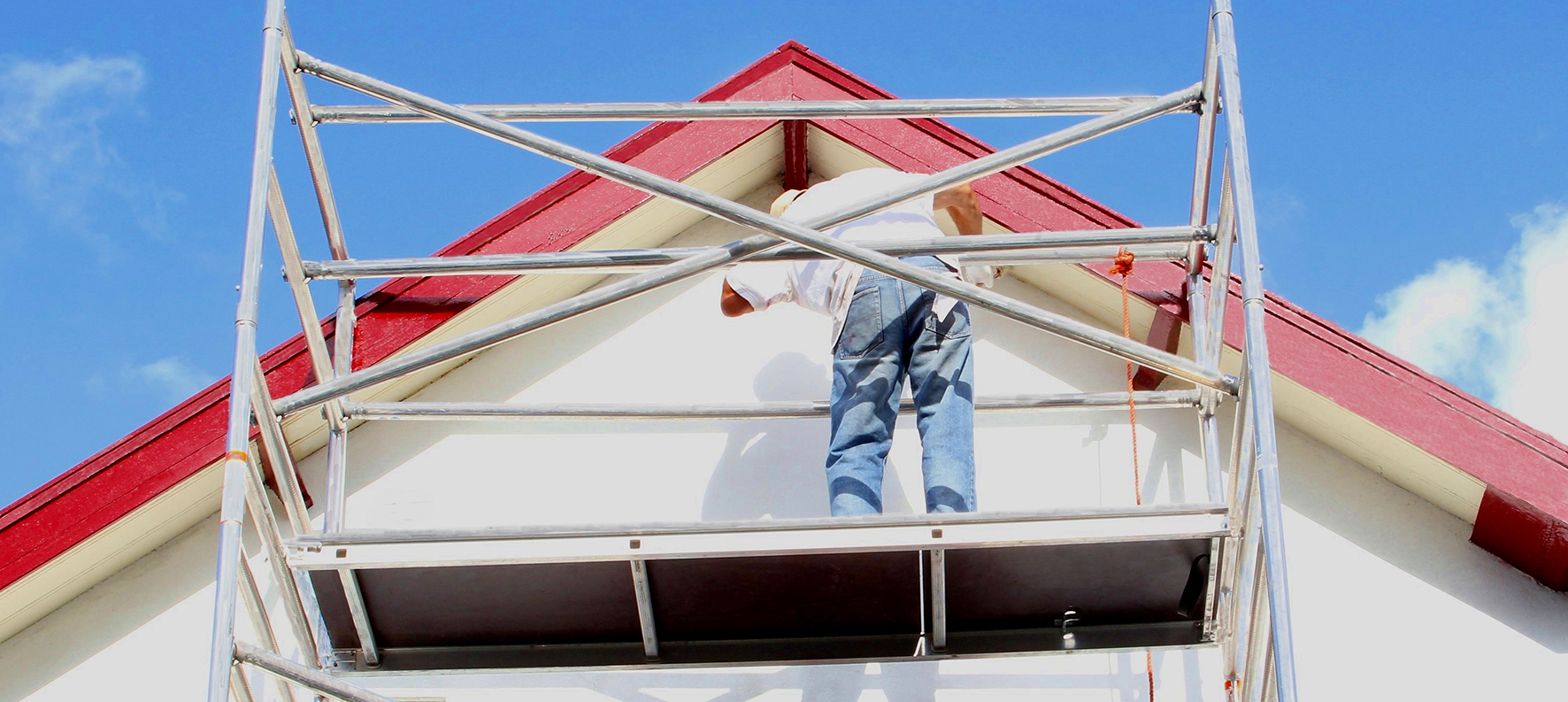When it comes to commercial building painting, many factors can affect the final result. One of the most important, yet often overlooked, factors is lighting.
In this post, we’ll explore the impact of lighting on commercial building painting, and provide some tips for achieving the best results.
The Bright Side of Good Lighting
Good lighting is essential for revealing flaws or imperfections in a paint job. A poorly lit space can make it difficult for commercial building painters to see subtle variations in colour or texture, which can lead to mistakes or uneven finishes. On the other hand, a well-lit space can highlight the beauty of a building’s architecture and create a sense of depth and dimension in the paint job.
Different types of lighting can also affect the appearance of paint colours and textures. Natural light, for example, can bring out the richness and depth of certain colours, while artificial light can make colours look dull or flat. The direction of light can create different effects as well, with light coming from above creating a more dramatic effect and light coming from the side creating a softer, more subtle effect.
Finally, lighting can be used to highlight certain architectural features or create a specific ambience. For example, strategically placed lights can draw attention to a building’s entrance or accentuate its unique features. Lighting can also be used to create a particular mood, such as warm and inviting or cool and modern.
Don’t Get Left in the Dark
Commercial building painters often face challenges when working in poorly lit spaces or under artificial light. Poor lighting can make it difficult to see imperfections in the paint job or accurately assess the colour and texture of the paint. This can lead to mistakes, rework, and a less-than-perfect finish.
To overcome these challenges, commercial building painters can use additional lighting or take samples outside to compare colours. It’s also helpful to work during the day when natural light is strongest, and to position lights in a way that maximises their impact.
Illuminating Your Project
Optimising lighting is key to achieving a successful paint job on a commercial building. Here are some tips to do just that:
- Use Natural Light When Possible
As mentioned earlier, natural light is the best lighting for painting as it provides the most accurate representation of colour and texture. It’s important to position your project in a location that receives ample natural light, such as near a window or skylight. If there isn’t enough natural light available, you can also use supplemental lighting to make up for the lack of sunlight. Additionally, it’s a good idea to paint during the time of day when the light is the strongest, which is typically around midday. If you have the option, consider painting during the summer months when the days are longer and there is more natural light available.
- Use the Right Type of Lighting Fixtures
The type of lighting fixtures used can also affect the final result. LED lighting, for example, provides a bright and clear light that accurately represents colour and texture. It’s also energy-efficient and long-lasting, which can help reduce costs. Halogen lighting, on the other hand, provides a warmer, more yellow light that can create a cosy ambience. However, it can also make colours look dull or flat.
- Position Lights for Maximum Impact
Positioning lights in a way that maximises their impact is also key to achieving a successful paint job. For example, lights positioned above the project can create a more dramatic effect, while lights positioned to the side can create a softer, more subtle effect. Lights can also be used to highlight certain architectural features, such as columns or arches, or to accentuate a building’s unique features.

- Use the Right Type of Bulbs
The type of bulbs used can also affect the final result. Warm bulbs create a cosy, inviting atmosphere, while cool bulbs create a more modern and professional feel. It’s important to choose bulbs that match the desired mood and ambience of the space.
Additionally, you’ll want to choose bulbs with the right colour temperature. The colour temperature is measured in Kelvins and can range from warm (around 2700K) to cool (around 5000K). A warm colour temperature will create a more yellow or orange light while a cool colour temperature will create more blue or white light. It’s important to experiment with different types of bulbs to find the right one for your project.
By taking these steps, commercial building painters ensure that the final result is beautiful and presents a high-quality paint job. One that accentuates the building’s unique features and creates a welcoming atmosphere for customers, employees, and visitors.
Conclusion
Lighting is a crucial factor in achieving a high-quality finish in commercial building painting. It can affect the appearance of colours and textures, highlight architectural features, and create a specific ambience. While different lighting conditions can present challenges, commercial building painters can optimise lighting by using natural light when possible, choosing the right type of lighting fixtures and bulbs, and positioning lights for maximum impact. Whether you’re painting an office building, retail space, or any other type of commercial property, remember that lighting is an essential factor in achieving the best possible result. With a little bit of planning and attention to detail, you can optimise lighting to create a stunning finish that will make your building stand out from the crowd.





